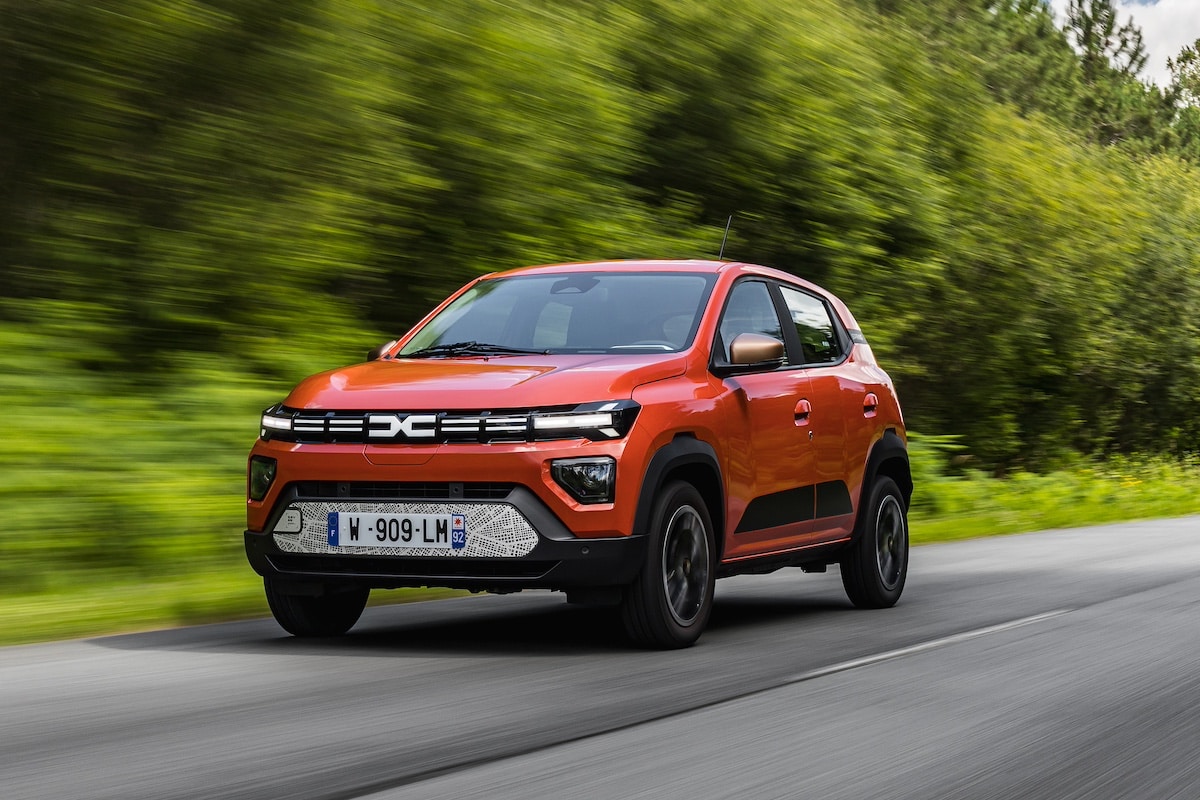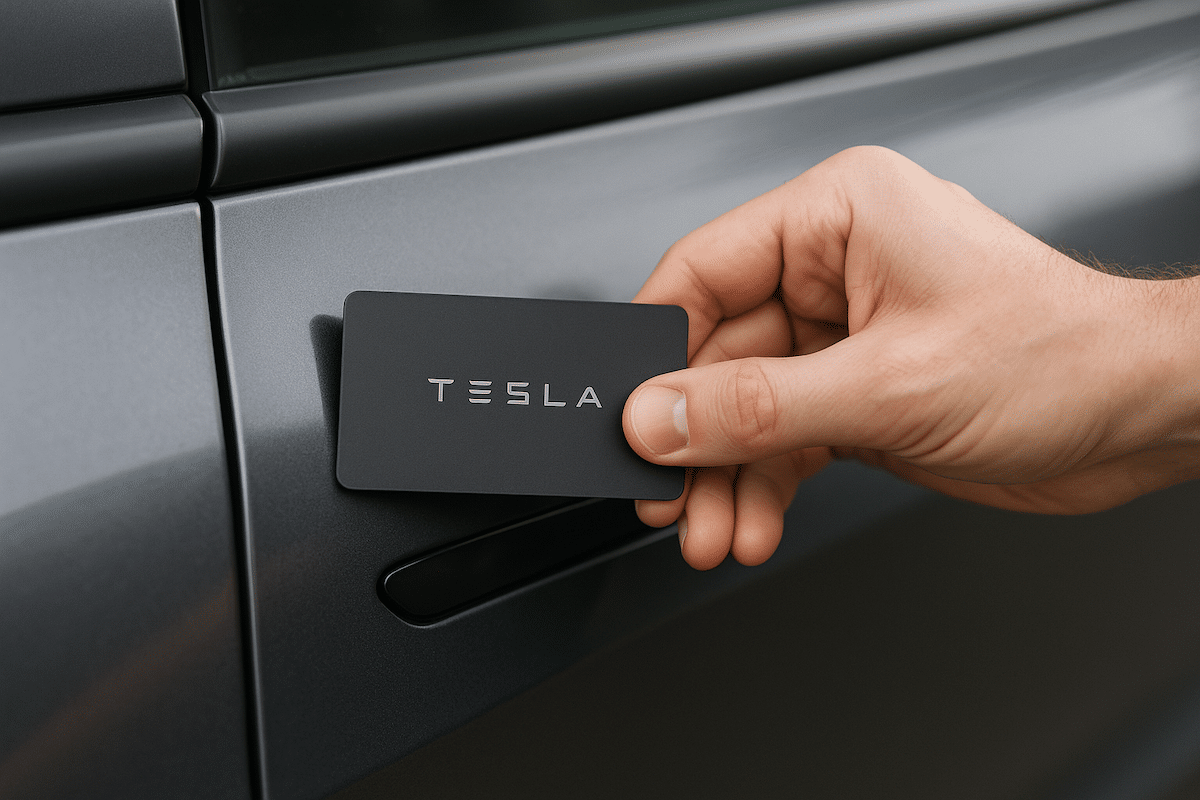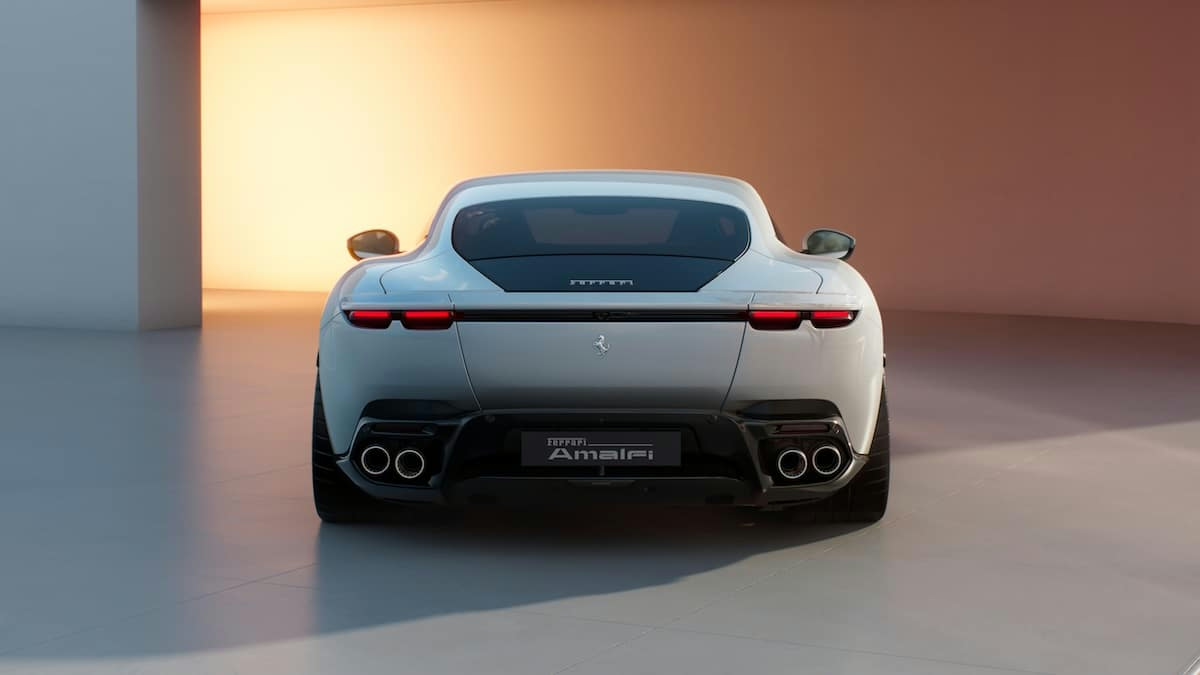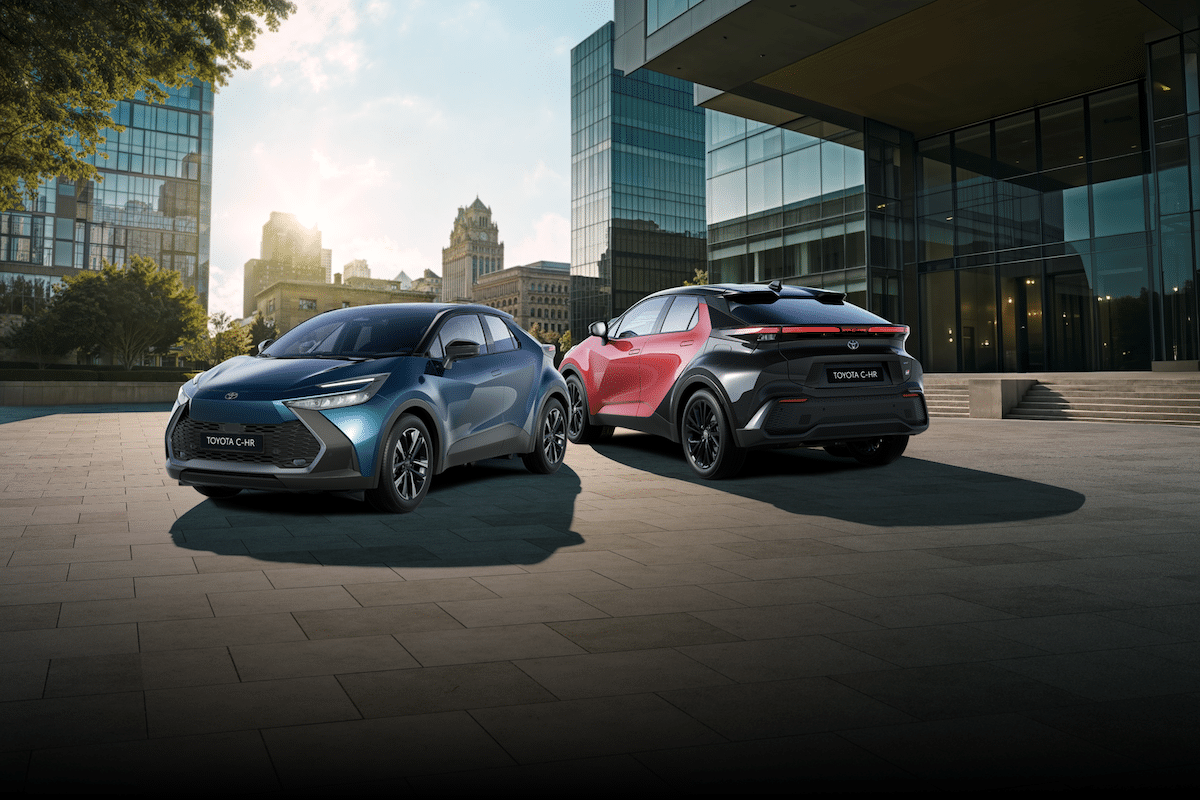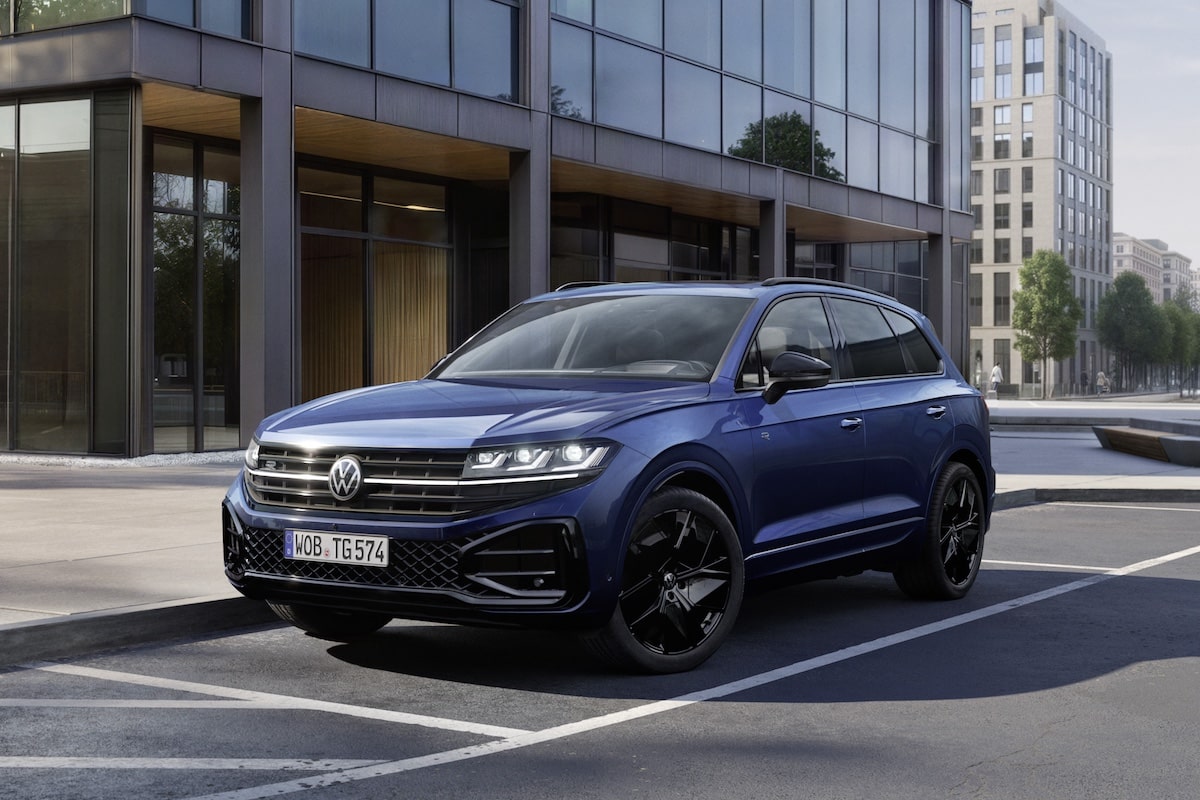The Tesla Model Y’s range plummets outside of China!
This page is translated from the original post "L’autonomie de la Tesla Model Y s’effondre en dehors de Chine !" in French.
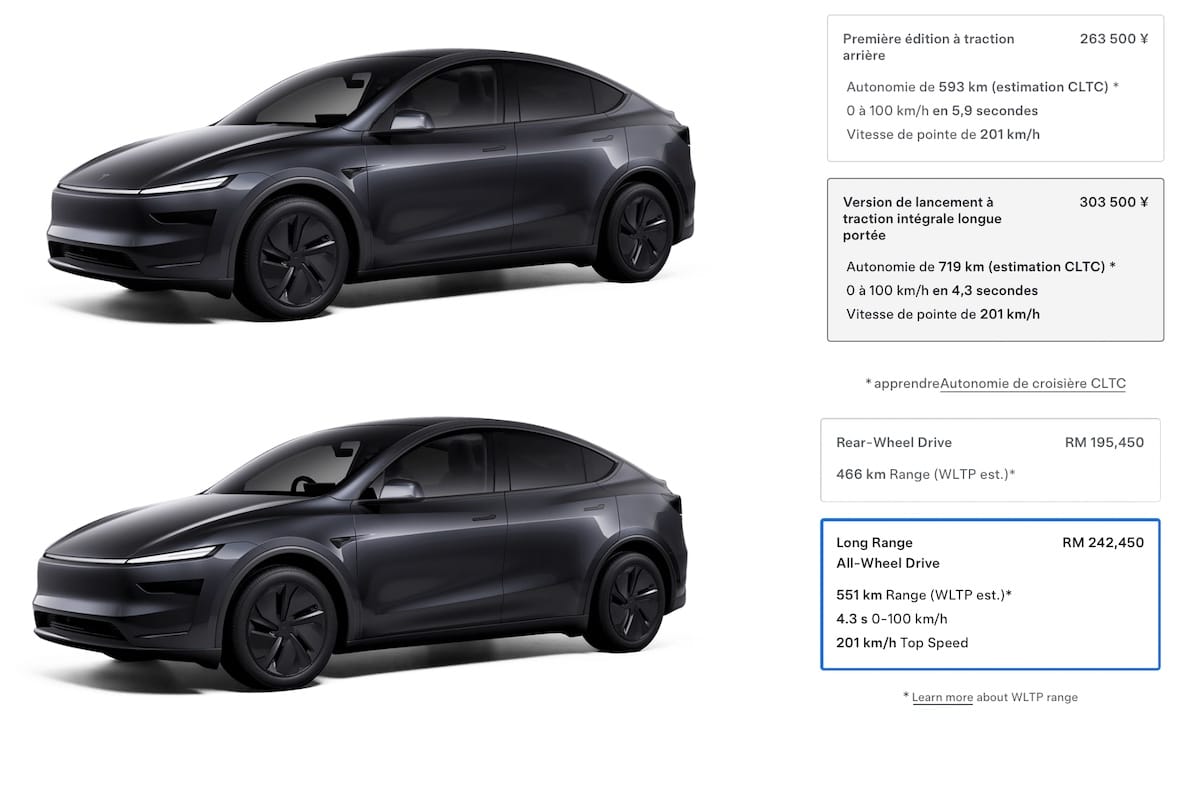
Why does an ultra-modern car like the new Tesla Model Y lose 24% of its range when crossing a simple border?
Rest assured, there’s no conspiracy or Tesla-bashing in this article; just an observation. The new Tesla Model Y was launched this week across all Asian markets, from China to Australia, passing through Malaysia, New Zealand, and the Philippines. We’ve surveyed all these markets and the findings are clear. The new Tesla Model Y Long Range All-Wheel Drive has a range of 719 km in China and only 551 km elsewhere. And we can assure you it is exactly the same car in all markets—same motors, same batteries, same wheels,… except for the steering wheel, which can be on the right or left depending on legislation. The conclusion is clear: the Model Y Juniper loses 24% of its range when leaving China. An isolated case? Not at all, because this affects all electric cars, and here’s why.
China applies its own method of calculating range according to the CLTC standard. In the rest of the world—except for a few exceptions— the WLTP cycle is adopted.
The gap between WLTP and CLTC ranges reveals an unglorious strategy by China to artificially boost its electric vehicle market. WLTP, the European standard, is more realistic as it tests vehicles under conditions close to real driving, including urban, on-road, and highway trips. In comparison, the Chinese CLTC intentionally exaggerates performance by simulating ideal, almost utopian, driving conditions—low speeds, gentle accelerations, and few external constraints. The result is inflated ranges by about 25% compared to WLTP.
This approach clearly serves China’s interests. By displaying flattering figures, it aims to make it seem as though its electric cars match, or even surpass, the performance of combustion engine vehicles. This fuels an illusion to persuade consumers and accelerate the transition to electric— a strategic pillar of its economy.
However, this overstatement distorts reality and misleads buyers, especially internationally, where these overestimated figures circulate without context. Rather than relying on genuine technical advancements, China opts for marketing artifices that could, in the long run, undermine consumer trust in electric vehicles. An example of this is a case that backfires on Tesla— which, for once, is not to blame!
ALSO READ: Here’s why the new Tesla Model Y arrives earlier in China than in France and the United States
We also suggestthese articles:
Also read
